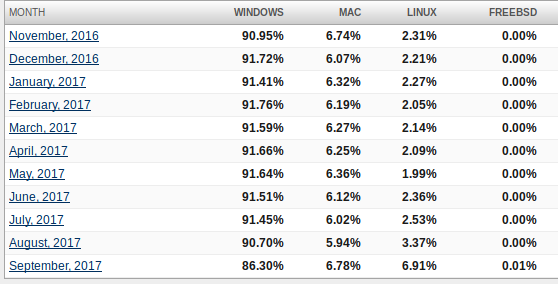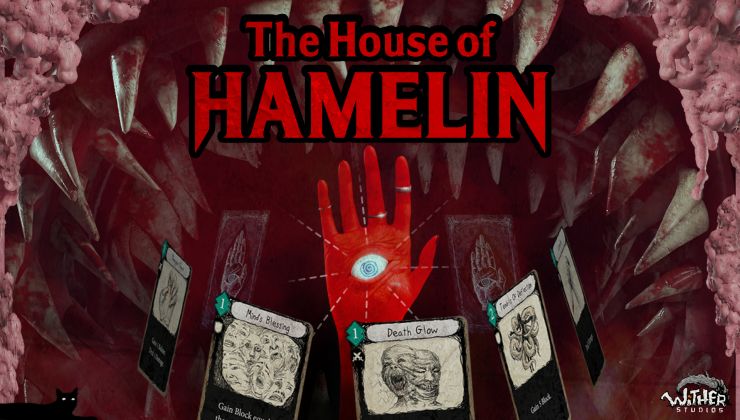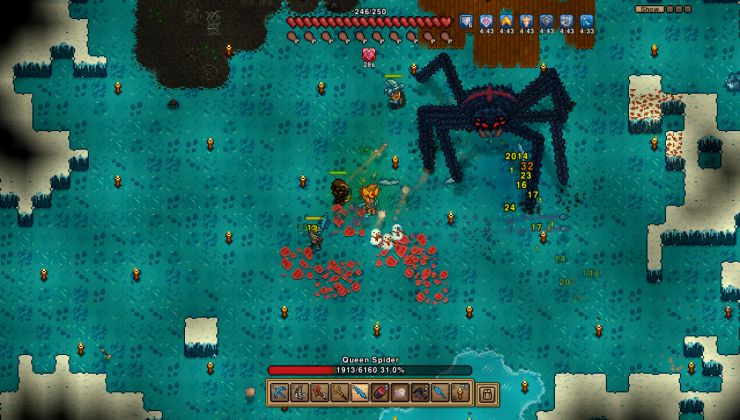Update: This data has not yet actually been verified by Netmarketshare. When I first took the shot, it wasn't noted, but it's been pointed out in our comments they do now have a link at the top to say so. I fully expect this to be revised down to the current level.
Take this with a rather large bag of suspicion! Netmarketshare is reporting that Linux had 6.91% market share, which is higher than Mac for the first time.
Not only that, but it seems even FreeBSD actually registered on it this time too.
Honestly, it seems far too good to be true. Hold the partying and champagne popping for now. Other sites like StatCounter separate Chrome OS (which uses the Linux kernel), but I believe Netmarketshare does not. StatCounter also shows Linux overall at far less than what Netmarketshare shows.
With that said, both websites have reported Linux growth over the past year. It may not be as large as we want it to be, but it seems multiple sites statistics do report Linux market share is growing and that's the important thing here.
What do you think? A nonsense blip, or Linux really making gains?
The conspiracy theories are stretching it.So your counterargument to Apple fudging the numbers is that Apple are reporting their sales honestly elsewhere... because they just do? (also wouldn't the relationship between sales and current OS adoption be complicated? everybody who bought a Mac in the previous quarter and likes it, will still be using it in the next, but those who didn't have since switched, neither of which you can possibly predict and so on)
Apple report how many macs they sell per quarter. You don’t need to guess from net marketshare. Why didn’t Apple have it corrected to 7%? Why not 20%? Please.
Linux almost doubling in markshare in one month was never going to plausible. Especially with only one data point.
Also correcting it to 20% would require either removing 20% of Windows users which would raise eyebrows or completely eradicating Linux and then still eating 17% off Windows which would raise even more eyebrows. Definitely nobody would believe any of that unless it's discovered to be actually close to the truth.
Lastly I never said I think it doubled. I'm just skeptical it crumbled back and even if it did that the people lost deflected to Mac for that matter. But as I said in the previous post, all this could very well be real (as real as such statistics go anyway). As could be interference by Apple. Powerful people with tons of money and influence interfering to protect their interests isn't exactly an outlandish alien lizardmen scenario, you can't dismiss it just by mentioning the word "conspiracy".
Last edited by qptain Nemo on 4 Oct 2017 at 8:42 pm UTC
The conspiracy theories are stretching it.So your counterargument to Apple fudging the numbers is that Apple are reporting their sales honestly elsewhere... because they just do? (also wouldn't the relationship between sales and current OS adoption be complicated? everybody who bought a Mac in the previous quarter and likes it, will still be using it in the next, but those who didn't have since switched, neither of which you can possibly predict and so on)
Apple report how many macs they sell per quarter. You don’t need to guess from net marketshare. Why didn’t Apple have it corrected to 7%? Why not 20%? Please.
Linux almost doubling in markshare in one month was never going to plausible. Especially with only one data point.
Also correcting it to 20% would require either removing 20% of Windows users which would raise eyebrows or completely eradicating Linux and then still eating 17% off Windows which would raise even more eyebrows. Definitely nobody would believe any of that unless it's discovered to be actually close to the truth.
Lastly I never said I think it doubled. I'm just skeptical it crumbled back and even if it did that the people lost deflected to Mac for that matter. But as I said in the previous post, all this could very well be real (as real as such statistics go anyway). As could be interference by Apple. Powerful people with tons of money and influence interfering to protect their interests isn't exactly an outlandish alien lizardmen scenario, you can't dismiss it just by mentioning the word "conspiracy".
Promoting the idea that Apple ‘didnt like the numbers’, on a single data point, made a phone call, numbers revised.... Is absolutely a conspiracy.
I’m being dismissive of it because it’s ridiculous.
Promoting the idea that Apple ‘didnt like the numbers’, on a single data point, made a phone call, numbers revised.... Is absolutely a conspiracy.Not really, because a conspiracy requires two or more people to conspire, while in your scenario it would just be bribery or intimidation :).
Semantics.
I was captivated by the Humble Bundle statistics about an hour ago. Every bundle (once you buy it) shows a statistic page of bundles purchased and the ratio of Mac, Windows, Linux purchasers. This made me think - Wouldn't it be great if we could access ALL the bundle statistics going back for the past X months (e.g. Oct 2017 --> Jan 2010, month by month) and analyse the data statistically and get insights into Linux usage.
I notice that Cheeseness has already been doing this and publishing data on his website:
[http://cheesetalks.net/humble/](http://cheesetalks.net/humble/)
But, Cheese's data is from early 2016, and doesn't show the progress over the past 1.5 years.
So, I have contributed some effort into examining this (not a great deal, but it is fairly promising):
I took a not entirely random selection of Humble Bundles which I purchased during Aug 2017 and Sep 2017, and put the purchase data into a spreadsheet. Noting that my selection of 7 bundles - 3 bundles had 50% or more Linux games, 3 bundles had less than 50% Linux games, and 1 bundle (Stardock) had 0 Linux games.
A bit surprisingly, the Stardock bundle still had 2% purchasing by Linux people.
Then what I did to get an overall percentage of Linux gamers in the gaming population (thanks to sampling):
Each bundle, take the proportion of Linux buyers (e.g. 0.02) and multiply by the count of buyers (46250 people).
Then sum up the Linux buyers versus the Total buyers across all those bundles. Simply divide Linux buyer total by (sum of total buyers) and multiply by 100 to give percentage:
Here are my figures (for a snapshot in time of those 7 bundles):
Linux buyer count 30007.61 / Total buyer count 799985 * 100 = 3.751%
Those are recent bundles (Aug - Sep 2017) and we are getting 3.75% Linux gamer buyer purchases.
For me, a statistic like THIS ^ is much more representative of the Linux gamer community than the other mechanisms being mentioned.
It would be great to perform the same operation on a monthly basis, and also see the effect of percentage Linux games per bundle (on the Linux proportion of buyers).
EDIT:
There are flaws with any mechanism of sampling. But I feel this Humble method combines the willingness of Linux people to purchase games, with the amount of people in the Linux community who still dual-boot and play their games on a different platform (because the specific game they want isn't on their platform).
Last edited by g000h on 11 Oct 2017 at 12:46 am UTC
... Here are my figures ...This is very interesting. If you would care to make it into an full blown article, I would love to see more.
... Here are my figures ...This is very interesting. If you would care to make it into an full blown article, I would love to see more.
Well, it requires 3 things...
- A lot of effort to go through the data (Either manual effort, or coding effort to scrape the data).
- Collecting the data for as many bundles as possible, noting that I do not personally purchase every Humble Bundle released each month.
- Good statistical and data science skills
The more bundles analysed, the better the quality of the results (More statistically significant, heh).
EDIT:
One more thing to note with this Humble Bundle method for examining Linux gamer market share - Unfortunately the data is relatively inaccurate due to rounding errors. It is one reason why you want to do the calculations on a larger number of bundles, so that the disparities average out.
The statistics give percentage Windows, Mac, Linux rounded to the nearest percent. So, the percentage in a particular bundle might be given as 3% (let's say), but the accurate value could be 2.51%, or 3.49% (assuming that they actually bother to perform correct mathematical rounding).
Of course, Humble themselves have this data in fully accurate form. Oh, to be a Humble Data Analyst / Scientist ;)
Last edited by g000h on 12 Oct 2017 at 12:04 am UTC








 How to setup OpenMW for modern Morrowind on Linux / SteamOS and Steam Deck
How to setup OpenMW for modern Morrowind on Linux / SteamOS and Steam Deck How to install Hollow Knight: Silksong mods on Linux, SteamOS and Steam Deck
How to install Hollow Knight: Silksong mods on Linux, SteamOS and Steam Deck